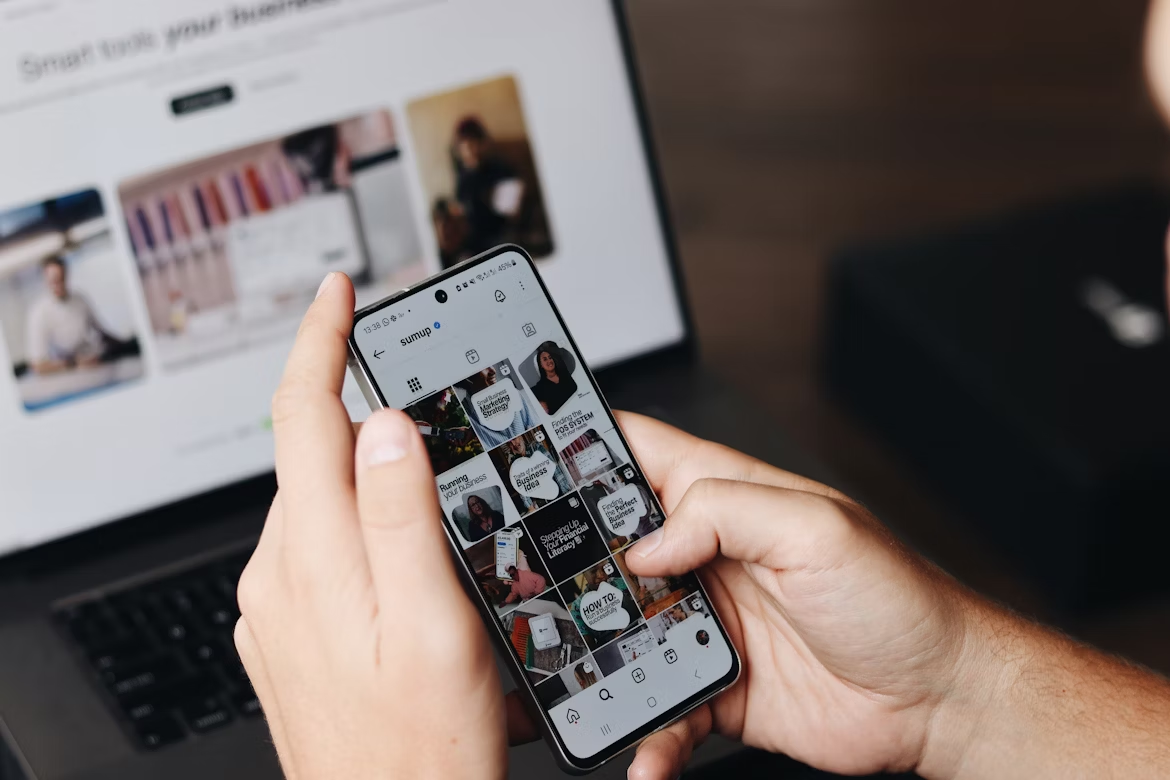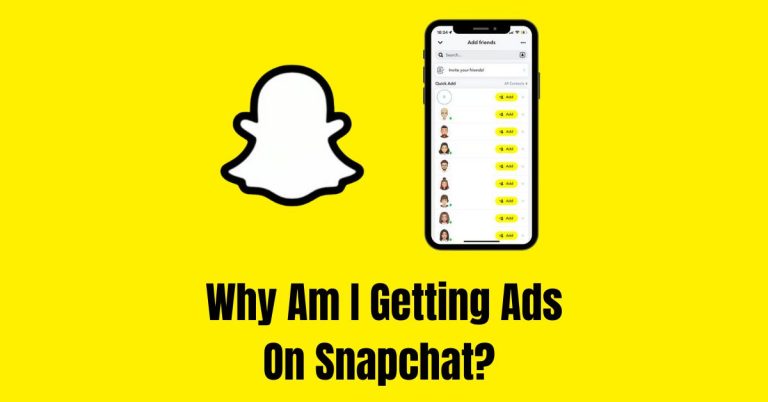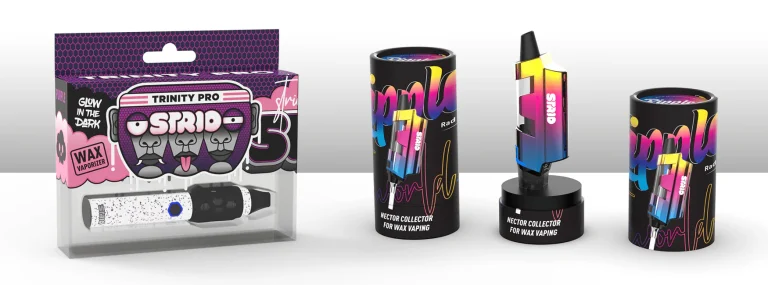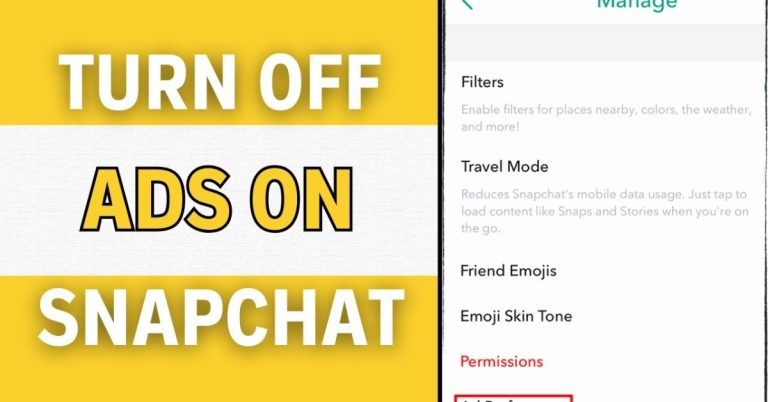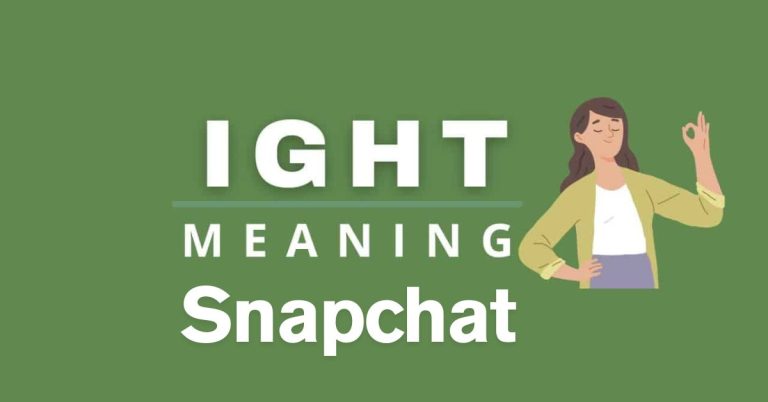How Social Media Creators Are Monetizing Beyond the Feed with Link-in-Bio Stores
According to the latest data from DemandSage, influencers can make between $42 and $721 per story or $195 and $1900 per post on Instagram. It depends on the following of the influencer, with mega influencers and celebrities naturally earning more per story or post. Here’s the average income per post based on influencer ‘status’:
- Nano influencer (between 1k and 10k followers): $195 per post
- Micro-influencers (between 10k and 100k followers): $1,211
- Macro Influencers (between 100k and 1 million followers): $1,804
- Mega Influencers/Celebrities (1 Million+ followers): $5,000+
There is a lot of money to make if influencers can build a following. Even the nano influencers are making a decent side hustle at $195 on average per post if they can get two or three paid posts per week.
Now, however, we’re seeing a new trend developing. 31 million Instagram users have a link-in-bio tool, with most of them doubling as a store. It’s an excellent way to monetize a social media platform beyond the feed. Read on to find out why.
What is a Link-In Bio?
A link-in-bio removes the hassle of adding separate links to the biography section of a social media profile. Instagram started to allow people to add more than one link in 2023, but actually adding and managing them is a nightmare. TikTok and X still only allow one link per social media biography section.
Now, with bio link website options like Hopp, influencers can use sophisticated third-party link-in-bio developers to create a single link full of multiple links. You’ve probably clicked on one before and will see it listed as something like Linktree, but Hopp by Wix is the best Linktree alternative.
When you click on that one single link in the biography, it opens a list of multiple link options, making a store of monetization options for influencers.
They’re Turning Them Into Digital Storefronts
A digital storefront makes the most sense for influencers wanting to monetize their platform. We’re noticing most influencers are going down the route of selling their own products, especially fitness influencers.
They’re creating their own fitness brands with clothing lines, protein shakes, or fitness apps. If you follow any, you’ll definitely have seen them doing it. Or if it isn’t fitness influencers using link-in bios to sell their fitness products, it’s a cooking page that has released their own cookbook or cooking utensils.
Any niche you can think of, influencers can create products and sell them using the digital storefront, or you’ll also see them linking to their Amazon storefront.
Linking to Brand Collaborations
The dream for any influencer (or at least the majority of them) is to get brand collaborations. Any influencer who dares to share their income stream with their followers will always say that they make a lot of money per view (if they’re getting enough views), but the bulk of their money is coming from brand collaborations.
And the thing is, brands are paying billions for it. Recent data from the Influencer Marketing Hub stated that brand spending is expected to reach $266.92 billion by the end of 2025, with 50% of brands saying they wanted to increase their influencer spending.
For as much as brands are willing to pay out, they make it back from product sales. For influencers, it’s turning into a potentially massive income stream. You’ll always see any influencer who is part of a brand collaboration linking to it within a link-in-bio or constantly funneling their traffic towards the collaboration by including links in videos and posts and always making relevant content that can include a line like “use my discount code…”
Linking to Other Social Media Platforms
It’s not technically part of the storefront idea, but it is one of the ways influencers are making more money. They will almost always post the videos across all their social media accounts, so including them in a link-in-bio makes sense.
More recently, we’re noticing influencers directing traffic toward Snapchat accounts. Comparing it to TikTok, Snapchat pays out $0.10 and $0.30 per 1,000 views, with 1 million views earning between $1,000 and $3,000. TikTok pays only $0.02–$0.05 per 1,000 views, making the average earnings for 1 million views sit at $20–$50.
Still, it’s trickier for influencers to earn from Snapchat because the traffic is on Instagram and TikTok.
Using Them to Build a Subscription List
Influencers love a subscription-based service. It’s an excellent storefront idea to include in a link in bio. The current influencer subscription market makes $24 billion, and McKinsey & Company reports subscription services have seen a 100% increase in the number of subscribers.
So naturally, influencers are jumping on the trend to monetize their platform. They’re creating “exclusive” subscription-based content that gives their followers access to “unique” content and sometimes further discounts on brand collaborations they’re working on.
And it’s clever, because loyal followers who rely on watching their favorite influencers’ content daily will be more than happy to pay a subscription fee to see more of it.
The Most Common Types of Digital Products You’ll See in a Link-In-Bio
eBooks
eBooks are a very common one. Any influencer in any niche can create a type of eBook—a fitness influencer creating a wellness journal, a beauty influencer creating a beauty routine and product guide, or a travel influencer creating a travel guide eBook. There are so many great options, and the perk is that they’re not as expensive as publishing a physical book.
Templates
Templates are probably less common but equally as good if the niche is right. Templates you might see include business documentation, graphic design templates, or, probably more relevant to more niches, social media planners.
Courses and webinars
Courses and webinars are definitely common. Influencers will sell courses to help other people become influencers or grow a social media presence. This one is so common. The growth in people wanting to “become their own boss” is almost overcrowding the market with courses and webinars on how to do it, especially from wellness, lifestyle, and fitness influencers. Still, the idea applies to most niches.
Prompts or AI guides
This is a new one. The use of AI across niches is absolutely exploding. Influencers are jumping on the trend, where relevant, and creating AI prompts, guides on how to use AI within a niche, and products using AI to solve common issues their followers have.
Monetizing beyond the feed with a link-in-bio store is so easy. And, as you can see, it’s not always a physical storefront selling products or services. There’s so much monetization potential, and we’ll likely see the trend increasing in the future.
Frequently Asked Questions
How to Know if a Link-In-Bio is Spam
You’ll always see the name of the third-party link-in-bio platform, with Linktree or Hopp being common ones. If the link-in-bio is full of random letters and numbers or from an account that doesn’t post any real content, be cautious.
How Many Links Is Too Much?
There’s not necessarily a limit, but we wouldn’t overcrowd it with links. You want each link to be focused and relevant. Five or six links is a good number.
What Link-In-Bio Stores Make the Most Money?
That depends on the niche. Some of the best link-in-bio stores make their money from linking to brand collaborations or selling products or subscription-based services.

